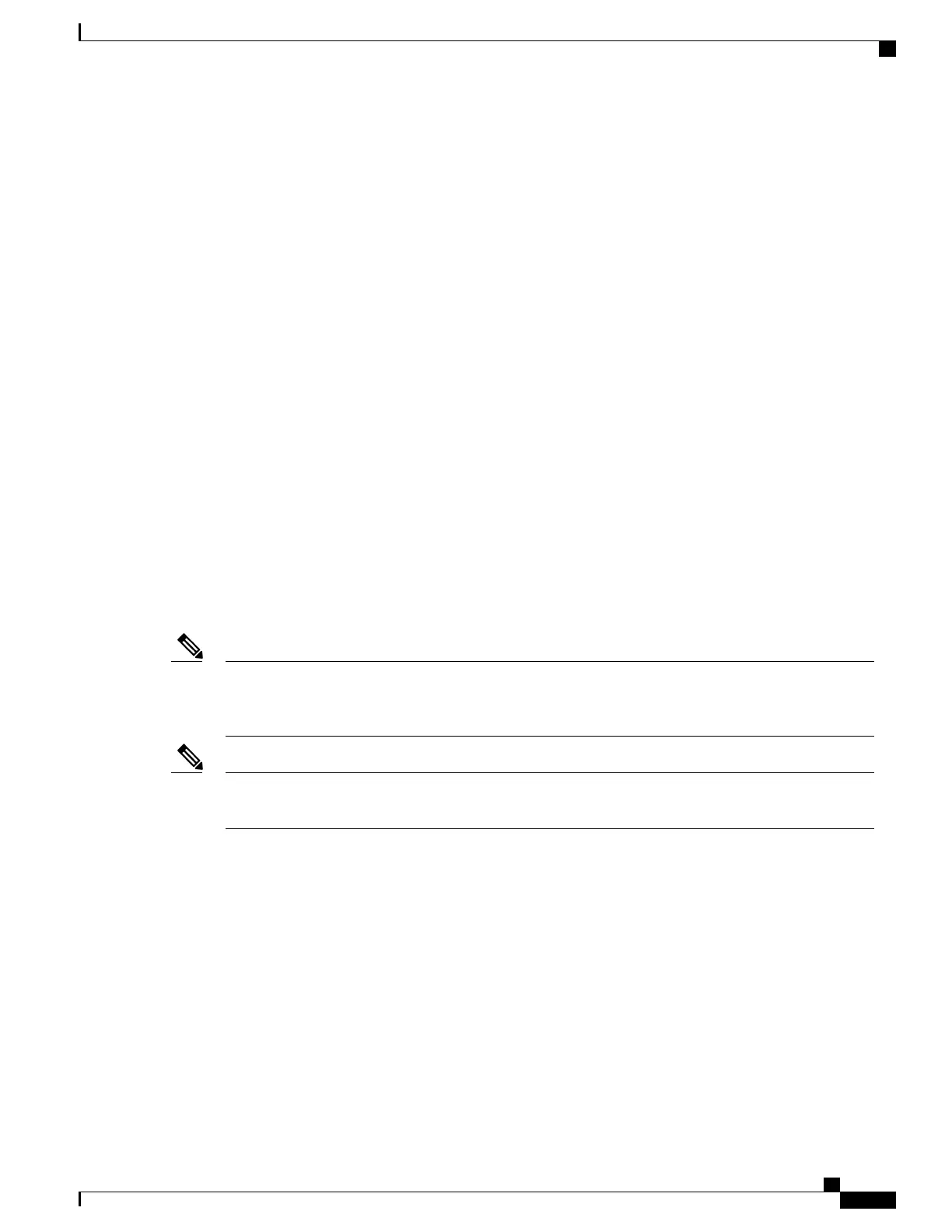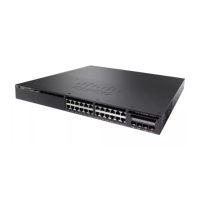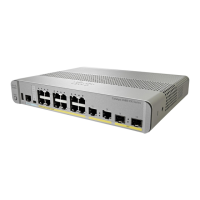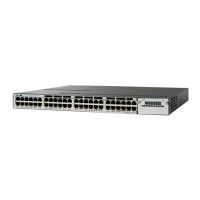How the Software Determines the Rule to Apply to RPF Checks
The software uses the following logic to determine which RPF rule to apply to RPF checks:
•
Find the (M)BGP neighbor that has the same IP address as the sending MSDP peer.
•
If the matching (M)BGP neighbor is an internal BGP (iBGP) peer, apply Rule 1.
•
If the matching (M)BGP neighbor is an external BGP (eBGP) peer, apply Rule 2.
•
If no match is found, apply Rule 3.
The implication of the RPF check rule selection is as follows: The IP address used to configure an MSDP
peer on a device must match the IP address used to configure the (M)BGP peer on the same device.
Rule 1 of RPF Checking of SA Messages in MSDP
Rule 1 of RPF checking in MSDP is applied when the sending MSDP peer is also an i(M)BGP peer. When
Rule 1 is applied, the RPF check proceeds as follows:
1
The peer searches the BGP Multicast Routing Information Base (MRIB) for the best path to the RP that
originated the SA message. If a path is not found in the MRIB, the peer then searches the Unicast Routing
Information Base (URIB). If a path is still not found, the RPF check fails.
2
If the previous search succeeds (that is, the best path is found), the peer then determines the address of the
BGP neighbor for this best path, which will be the address of the BGP neighbor that sent the peer the path
in BGP update messages.
The BGP neighbor address is not the same as the next-hop address in the path. Because i(M)BGP peers
do not update the next-hop attribute of a path, the next-hop address usually is not the same as the address
of the BGP peer that sent us the path.
Note
The BGP neighbor address is not necessarily the same as the BGP ID of the peer that sent the peer the
path.
Note
1
If the IP address of the sending MSDP peer is the same as the BGP neighbor address (that is, the address
of the BGP peer that sent the peer the path), then the RPF check succeeds; otherwise it fails.
Implications of Rule 1 of RPF Checking on MSDP
The MSDP topology must mirror the (M)BGP topology. In general, wherever there is an i(M)BGP peer
connection between two devices, an MSDP peer connection should be configured. More specifically, the IP
address of the far-end MSDP peer connection must be the same as the far-end i(M)BGP peer connection. The
addresses must be the same because the BGP topology between i(M)BGP peers inside an autonomous system
is not described by the AS path. If it were always the case that i(M)BGP peers updated the next-hop address
in the path when sending an update to another i(M)BGP peer, then the peer could rely on the next-hop address
to describe the i(M)BGP topology (and hence the MSDP topology). However, because the default behavior
IP Multicast Routing Configuration Guide, Cisco IOS XE Release 3SE (Catalyst 3650 Switches)
OL-29890-01 175
Configuring MSDP
SA Message Origination Receipt and Processing

